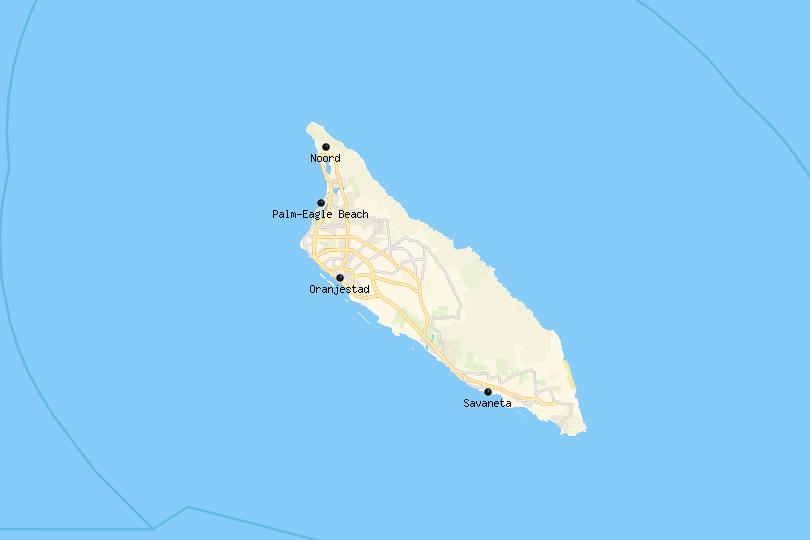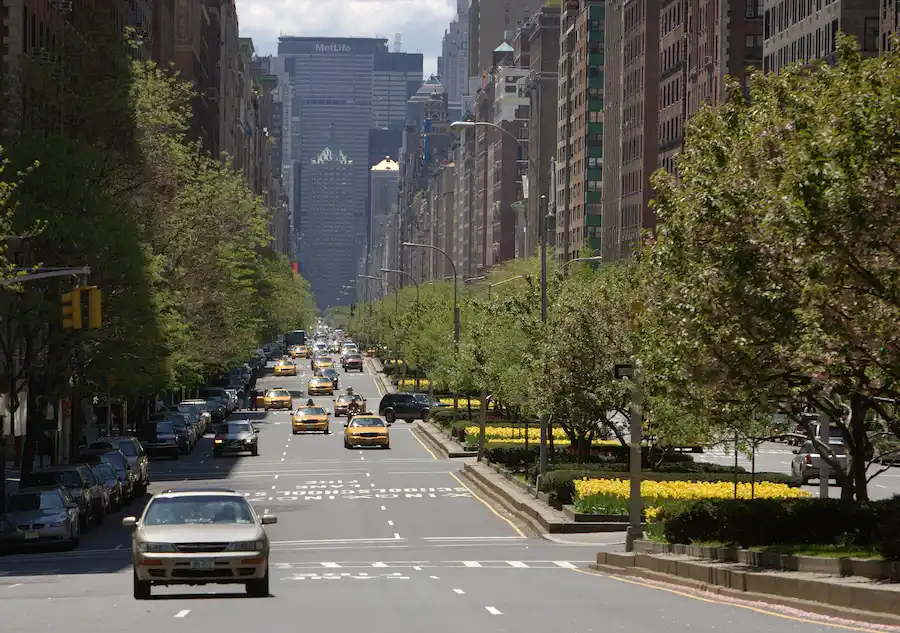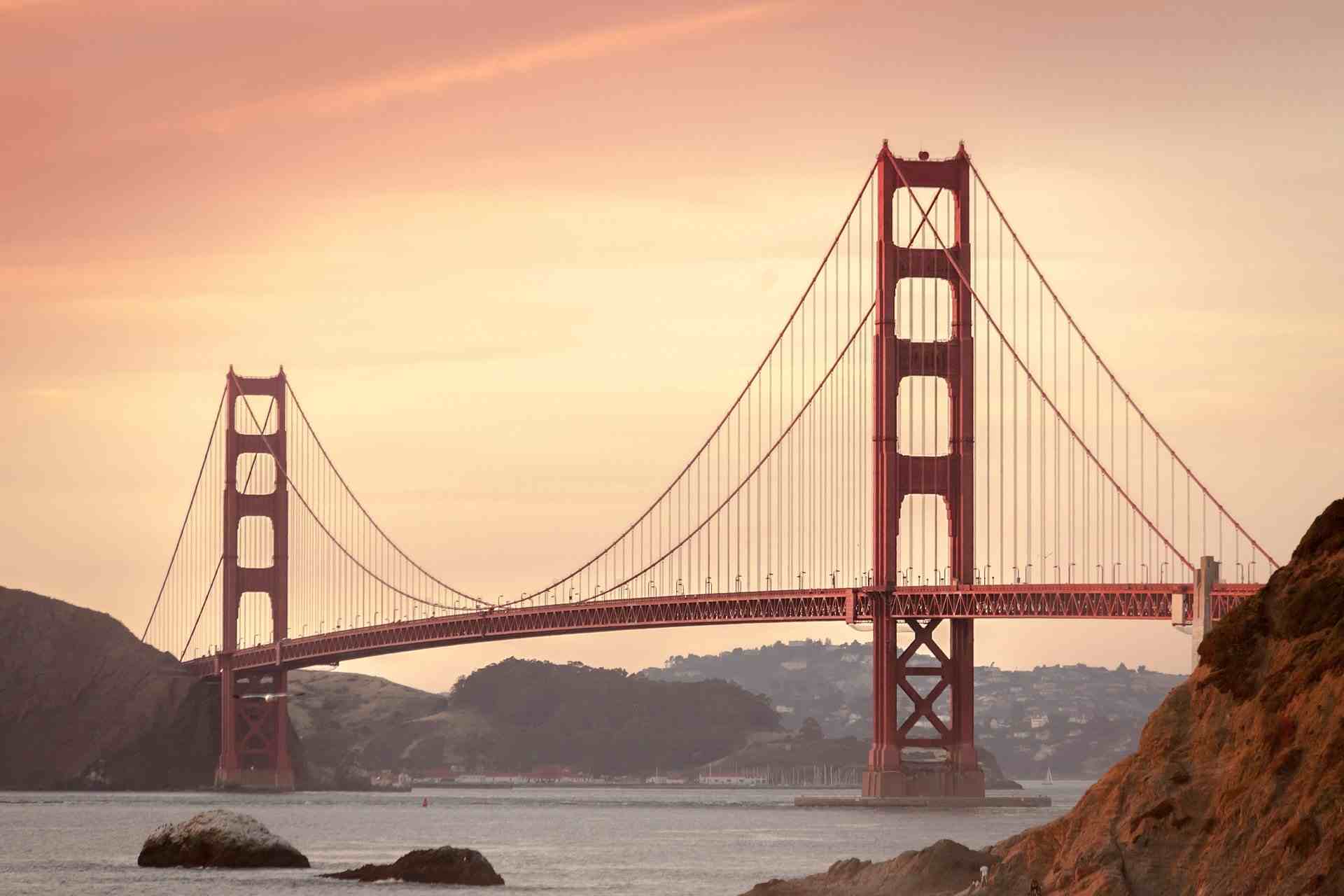In the wake of the coronavirus disease (COVID-19) pandemic, (Travel To US During The Corona Virus Disease) many travelers are left wondering whether it is safe or advisable to visit the United States. With its diverse landscapes, vibrant cities, and cultural attractions, the US has long been a top destination for tourists. However, the ongoing health crisis has introduced new complexities to travel planning. In this comprehensive guide, we will explore the factors you need to consider before traveling to the US during the pandemic, including safety measures, entry requirements, vaccination protocols, and more.
Whether you’re planning a vacation, business trip, or family visit, understanding the current situation in the US is crucial. This article aims to provide you with the information you need to make an informed decision about your travel plans. Let’s dive into the details.
Understanding the Current State of the Pandemic in the US
The United States has experienced significant challenges throughout the pandemic. From the initial outbreak in early 2020 to subsequent waves driven by new variants, the country has faced fluctuating infection rates and evolving public health guidelines. Understanding the current state of the pandemic is essential for assessing whether it is safe to travel.
Key Factors Influencing the Pandemic’s Impact
- Vaccination Rates : The US has made substantial progress in vaccinating its population. According to the Centers for Disease Control and Prevention (CDC), a significant percentage of Americans are fully vaccinated, which has helped reduce severe illness and hospitalizations. Vaccination campaigns have targeted high-risk groups, such as the elderly and those with pre-existing conditions, while also focusing on younger demographics to achieve herd immunity.
- Booster Shots : As new variants emerge, booster shots have become a critical component of the vaccination strategy. These additional doses help maintain immunity levels and protect against emerging strains.
- Variant Spread : New variants of the virus continue to emerge, some of which may be more transmissible or resistant to vaccines. Monitoring the prevalence of these variants is critical for evaluating risk. For instance, the Delta variant caused a surge in cases during mid-2021, while Omicron led to another wave in late 2021 and early 2022. Keeping track of variant trends through resources like the CDC and WHO can help travelers assess the level of risk in different regions.
- Public Health Measures : Mask mandates, social distancing guidelines, and capacity restrictions have varied across states and regions. Some areas remain vigilant, while others have relaxed their precautions. States like California and New York have implemented stricter measures, while others, such as Florida and Texas, have adopted more lenient policies. Travelers should research the specific regulations in their intended destinations to ensure compliance.
- Healthcare System Capacity : Hospitals and healthcare facilities in certain regions have faced strain during peak infection periods. It’s important to consider how local healthcare systems are managing the pandemic when planning your trip. Overwhelmed hospitals may struggle to accommodate non-COVID-related emergencies, so understanding regional healthcare capacities can influence your decision-making process.
How the Situation Affects Travelers
Travelers should be aware that conditions can change rapidly. While some states may have minimal restrictions, others might impose stricter measures depending on case numbers. Staying informed about the latest developments will help you prepare for a safer journey. Additionally, international travelers should monitor global travel advisories issued by organizations like the WHO and their home countries’ foreign affairs departments.
Entry Requirements for Traveling to the US
Before booking your trip, it’s essential to familiarize yourself with the entry requirements for the United States. These regulations are designed to minimize the spread of the virus and ensure the safety of both visitors and residents.
Vaccination Mandates
As of the latest updates, the US requires most international travelers to be fully vaccinated against COVID-19 before entering the country. Accepted vaccines include those approved by the World Health Organization (WHO) and the Food and Drug Administration (FDA). Travelers must provide proof of vaccination upon arrival.
- Accepted Vaccines : Pfizer-BioNTech, Moderna, Johnson & Johnson, AstraZeneca, Sinopharm, and Sinovac are among the vaccines recognized for entry.
- Documentation : Digital or paper certificates from official sources are typically accepted. Ensure your documentation is easily accessible and includes all necessary details, such as vaccine type and date of administration.
Testing Protocols
In addition to vaccination requirements, travelers must present a negative COVID-19 test result taken within a specified timeframe before departure. The type of test accepted (PCR or antigen) and the timing window may vary, so it’s crucial to verify the specific rules for your airline and destination.
- Timing : Most airlines require tests to be taken no more than 72 hours before departure for PCR tests and 24 hours for antigen tests.
- Children and Exemptions : Children under a certain age (often 2 years old) are exempt from testing, but older children must comply unless they qualify for other exemptions.
Exceptions and Exemptions
Certain groups, such as children under a specific age or individuals with medical contraindications, may qualify for exemptions from vaccination or testing requirements. However, these exceptions are subject to strict criteria and additional documentation.
- Medical Exemptions : Travelers claiming medical exemptions must provide a letter from a licensed physician detailing the reason for the exemption.
- Humanitarian Exceptions : Individuals traveling for urgent humanitarian reasons may also qualify for exemptions, though supporting documentation is required.
Quarantine Guidelines
While the US does not impose mandatory quarantine for vaccinated travelers, unvaccinated individuals may face self-isolation requirements depending on their circumstances. Always check the latest guidance from the CDC and local authorities.
- Self-Monitoring : Even without mandatory quarantine, travelers are encouraged to monitor their health closely for symptoms and avoid crowded places during the first few days after arrival.
Safety Precautions for Travelers
Ensuring your safety while traveling to the US involves adopting proactive measures to mitigate risks associated with the pandemic. Here are some key strategies to consider:
Wearing Masks
Despite relaxed mandates in many areas, wearing a mask remains one of the most effective ways to protect yourself and others. High-quality masks, such as N95 or KN95 respirators, offer superior filtration and protection.
- Indoor Settings : Masks are particularly important indoors, especially in poorly ventilated spaces like airports, train stations, and shopping malls.
- Outdoor Crowds : While outdoor transmission risk is lower, wearing a mask in crowded outdoor settings can provide an extra layer of protection.
Practicing Social Distancing
Maintaining physical distance from others, especially in crowded settings like airports, public transportation, and tourist attractions, can significantly reduce your exposure to the virus.
- Queue Management : Look for markers indicating safe distances in lines and seating arrangements.
- Avoid Peak Hours : Plan activities during off-peak times to minimize contact with large groups.
Frequent Hand Hygiene
Regular handwashing or using alcohol-based hand sanitizers is essential for preventing the spread of germs. Carry a portable sanitizer with at least 60% alcohol content for convenience.
- High-Touch Surfaces : Avoid touching your face after coming into contact with frequently touched surfaces like elevator buttons, door handles, and railings.
- Sanitizing Supplies : Pack disinfectant wipes to clean surfaces in shared spaces, such as rental cars or hotel rooms.
Monitoring Symptoms
Be vigilant about monitoring your health throughout your trip. If you experience symptoms such as fever, cough, or shortness of breath, seek medical attention promptly and follow isolation protocols.
- Temperature Checks : Consider bringing a thermometer to regularly check your temperature.
- Emergency Contacts : Save local emergency numbers and know where to find nearby healthcare facilities.
Popular Destinations and Their Safety Levels
The US offers a wide range of destinations, each with its own unique appeal and level of preparedness for handling the pandemic. Below, we highlight some popular locations and their current safety statuses.
New York City
Known as the “city that never sleeps,” NYC has implemented robust public health measures to combat the spread of the virus. Attractions like Times Square, Central Park, and the Statue of Liberty are open, but capacity limits and mask mandates may apply.
- Transportation : Public transit systems like subways and buses operate with enhanced cleaning schedules and mask requirements.
- Cultural Venues : Museums and theaters have reopened with timed entry tickets and reduced capacities.
Los Angeles
LA has prioritized outdoor activities, making it a relatively safer option for travelers. Beaches, hiking trails, and open-air markets provide opportunities to enjoy the city while minimizing indoor exposure.
- Hollywood : Iconic landmarks like the Hollywood Walk of Fame and Griffith Observatory remain popular, though visitors should adhere to posted guidelines.
- Dining : Many restaurants offer outdoor seating options to accommodate social distancing preferences.
Orlando
Home to world-famous theme parks like Walt Disney World and Universal Studios, Orlando has adopted enhanced cleaning protocols and reservation systems to manage visitor flow safely.
- Theme Parks : Advanced reservations and temperature checks are common practices at major attractions.
- Accommodations : Hotels and resorts have implemented rigorous sanitation standards to reassure guests.
Chicago
With its iconic skyline and cultural institutions, Chicago offers a mix of indoor and outdoor experiences. Visitors should check individual venue policies regarding masks and social distancing.
- Millennium Park : Outdoor spaces like Millennium Park and Navy Pier provide ample room for exploration.
- Museums : Institutions like the Art Institute of Chicago have reopened with limited hours and advanced ticketing.
Travel Tips for Navigating the Pandemic
Planning a trip during the pandemic requires extra diligence and flexibility. Here are some practical tips to enhance your travel experience:
- Book Flexible Tickets : Opt for refundable or changeable flights and accommodations to accommodate potential disruptions.
- Pack Essentials : Bring items like masks, sanitizers, disinfectant wipes, and a thermometer to stay prepared.
- Research Local Rules : Familiarize yourself with the regulations and recommendations in your destination city or state.
- Stay Updated : Regularly check reliable sources like the CDC, WHO, and local government websites for the latest information.
- Consider Insurance : Invest in comprehensive travel insurance that covers pandemic-related cancellations or emergencies.
Other Tourist Attractions Worth Exploring
Beyond major cities, the US boasts countless hidden gems and lesser-known attractions worth visiting. These destinations often see fewer crowds, reducing the risk of exposure.
National Parks
From Yellowstone to Yosemite, national parks offer breathtaking natural beauty and ample space for social distancing. Many parks have reopened with limited services, so plan accordingly.
- Visitor Centers : Some visitor centers and ranger stations may have modified hours or services.
- Trail Etiquette : Follow Leave No Trace principles and respect other hikers’ space on trails.
Small Towns
Exploring charming small towns can provide a refreshing escape from urban centers. Places like Sedona, Asheville, and Santa Fe combine scenic landscapes with rich cultural heritage.
- Local Businesses : Support local artisans and businesses by shopping at farmers’ markets and boutique stores.
- Community Events : Check for outdoor events like festivals or craft fairs that align with your interests.
Cultural Landmarks
Historic sites like Mount Rushmore, Independence Hall, and the Grand Canyon continue to captivate visitors. Check ahead for any operational changes or reservation requirements.
- Guided Tours : Virtual tours and audio guides are available at many landmarks, offering flexibility and convenience.
- Photography Opportunities : Capture memories while respecting posted rules and preserving the integrity of historic sites.
Conclusion
Deciding whether to travel to the US during the coronavirus disease breakdown requires careful consideration of various factors, including personal health, destination specifics, and global travel trends. By staying informed, adhering to safety protocols, and planning thoughtfully, you can enjoy a memorable and secure trip.
Remember, the situation remains fluid, and conditions can evolve rapidly. Prioritize your well-being and that of those around you by remaining adaptable and responsible throughout your journey.
FAQs – Travel To US During The Corona Virus Disease
- Is it safe to travel to the US during the pandemic?
- Safety depends on vaccination status, adherence to precautions, and local conditions. Stay updated on guidelines.
- What are the entry requirements for the US?
- Most travelers need proof of vaccination and a negative COVID-19 test result.
- Do I need to quarantine upon arrival?
- Vaccinated travelers typically do not need to quarantine, but unvaccinated individuals might.
- Are masks mandatory in the US?
- Mask mandates vary by location; some areas require them indoors or on public transport.
- Can I visit national parks during the pandemic?
- Yes, many national parks are open with modified operations.
- How can I stay safe while traveling?
- Wear masks, practice social distancing, wash hands frequently, and monitor symptoms.
- Which US cities are safest to visit?
- Cities with high vaccination rates and low infection levels tend to be safer.
- What happens if I test positive while in the US?
- Follow isolation protocols and contact local health authorities for guidance.
- Are restaurants and attractions open?
- Many are open with capacity limits and safety measures in place.
- Should I buy travel insurance?
- Yes, comprehensive insurance can protect against unforeseen disruptions.













